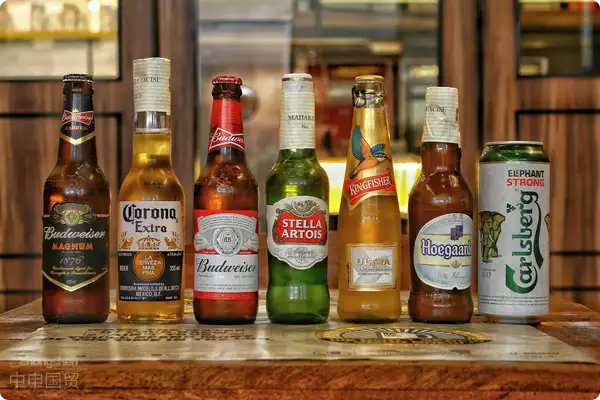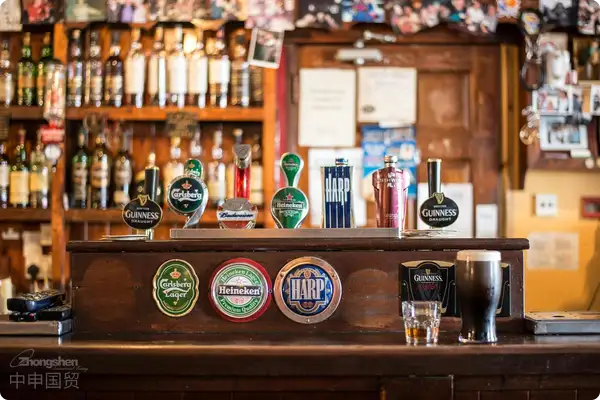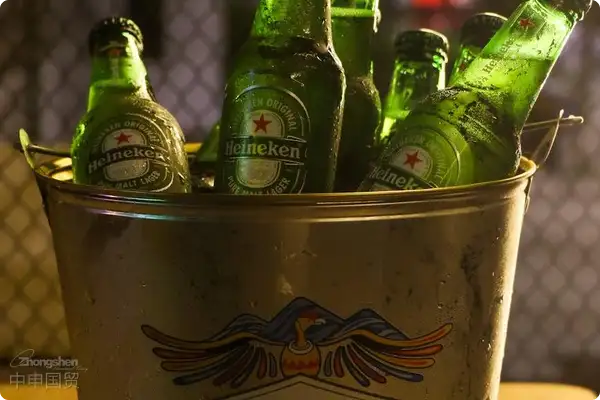- Shanghai Zhongshen International Trade Co., Ltd. - Two decades of trade agency expertise.
- Service Hotline: 139 1787 2118
As a carrier of culture and taste, the export of wine is of great significance for enhancing the national brand image. But do you know what a crucial role inspection and quarantine play in this process? In international trade, inspection and quarantine are not only a guarantee of quality and safety but also a necessary path to the global market.
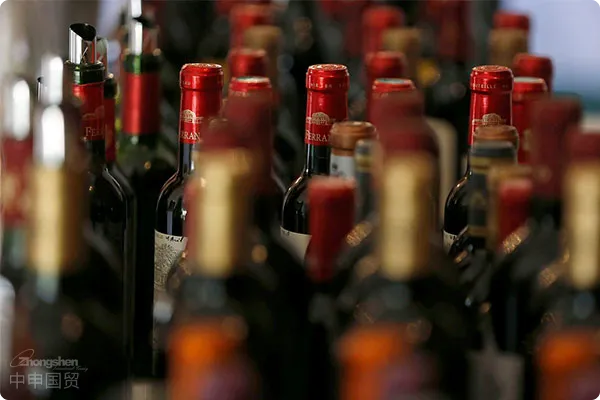
I. Application for Inspection and Quarantine and Document Review
The export process of wine begins with the application for inspection and quarantine and document review. The export enterprise or exporter needs to apply to the customs for inspection and quarantine before export declaration. This link requires the provision of detailed electronic information of documents, covering contracts, invoices, packing lists, etc. Especially for certification or declaration materials, it is necessary to declare that the relevant materials are held during the declaration, and they are subject to the customs verification.
II. On - site Inspection
After the customs accepts the application, the local inspection business management system will randomly formulate on - site inspection and laboratory testing instructions for the export goods based on the set sampling rules. This step is crucial as it is directly related to whether the product can be exported smoothly. The customs will conduct strict on - site inspections and laboratory tests on the sampled wine to ensure that the product meets the export standards.
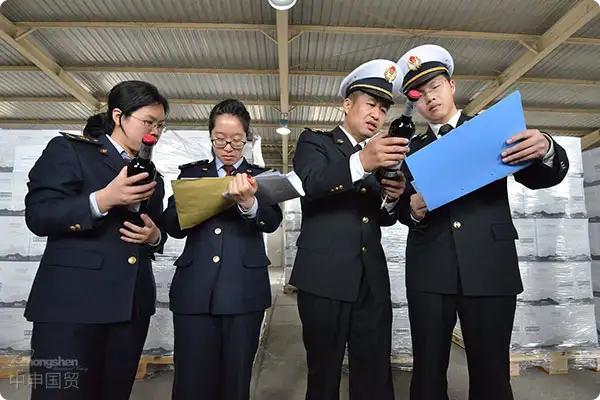
III. Comprehensive Evaluation
The customs will review the export declaration information and conduct a comprehensive evaluation in combination with the on - site inspection and laboratory test results. This stage is the key to determining whether the wine can be exported. Wines that meet the standards will be approved for export and generate electronic bottom - account data. For wines that fail the inspection but can be technically processed, after processing and meeting the standards, they will also be approved for export.
IV. Certificate Preparation and Issuance
The export of wine also involves the preparation and issuance of necessary certificates, which may include inspection and quarantine certificates such as hygiene and health certificates. It is worth noting that the form and content of the certificates may vary for different export countries or regions. With the approval of the General Administration of Customs, corresponding adjustments will be made to the form and content of the certificates.
V. Handling of Non - compliance
Finally, for wines that fail the inspection and quarantine, the customs will issue a Notice of Non - compliance of Exit Goods. At this time, the exporter or its agent has the opportunity to technically process the product. Qualified products after processing can be approved for export, but products that are still unqualified or cannot be technically processed will be prohibited from export.
The inspection and quarantine process not only ensures the quality and safety of wine but is also an indispensable part of international trade. Through this series of rigorous processes, not only the competitiveness of wine in the global market is guaranteed, but also consumers trust in Chinese wine brands is enhanced.
Related Recommendations
Category case
Contact Us
Email: service@sh-zhongshen.com
Related Recommendations
Contact via WeChat

? 2025. All Rights Reserved. 滬ICP備2023007705號-2  PSB Record: Shanghai No.31011502009912
PSB Record: Shanghai No.31011502009912
